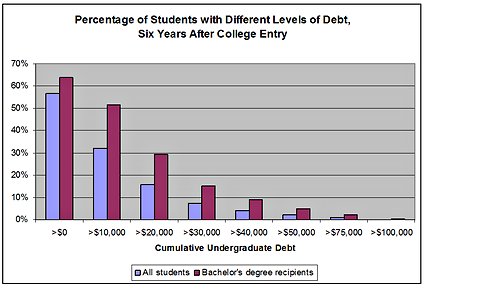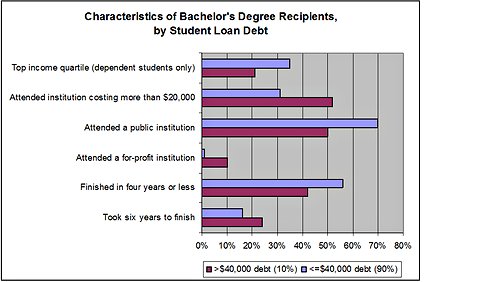College enrollment fell 2 percent in 2012-13, the first significant decline since the 1990s, but nearly all of that drop hit for-profit and community colleges; now, signs point to 2013-14 being the year when traditional four-year, nonprofit colleges begin a contraction that will last for several years. The college-age population is dropping after more than a decade of sharp growth, and many adults who opted out of a forbidding job market and went back to school during the recession have been drawn back to work by the economic recovery.
Hardest hit are likely to be colleges that do not rank among the wealthiest or most prestigious, and are heavily dependent on tuition revenue, raising questions about their financial health — even their survival.
“There are many institutions that are on the margin, economically, and are very concerned about keeping their doors open if they can’t hit their enrollment numbers,” said David A. Hawkins, the director of public policy and research at the National Association for College Admission Counseling, which has more than 1,000 member colleges.
The most competitive colleges remain unaffected, but gaining admission to middle-tier institutions will most likely get easier.
Colleges fear that their high prices and the concern over rising student debt are turning people away, and on Wednesday, President Obama again challenged them to rein in tuition increases. Colleges have resorted to deeper discounts and accelerated degree programs. In all, the four-year residential college experience as a presumed rite of passage for middle-class students is coming under scrutiny.
The most striking signs of change came from Loyola University New Orleans and St. Mary’s College of Maryland. After the usual May 1 deadline for applicants to choose a college, Loyola and St. Mary’s each found that their admission offers had been accepted by about one-third fewer students than expected. Both institutions were forced to make millions of dollars in budget cuts and a late push for more enrollment.
Loyola made a flurry of calls to students who had been accepted but had decided to go elsewhere, and had even paid deposits to other colleges. Professors and administrators who usually are not involved in the process made calls, along with the admissions officers, “and we did invite them to see if there was more we could do with aid,” said Roberta Kaskel, the interim vice president for enrollment management.
Many colleges traditionally round out their classes with a small number of students admitted after May 1, often taken from their waiting lists, and miscalculations as big or as damaging as those by St. Mary’s and Loyola are rare. But consultants hired by families to help with the admissions process say that this spring and summer, they have seen more colleges actively hunting for students, reaching out to those who had turned them down, or even to students who had never applied.
“After May 1, I got e-mails from three or four colleges saying, ‘We’ve still got spots, and we’re looking for people to fill them,’ and I don’t remember getting any in the past,” said Lisa Bleich, an admissions consultant in Westfield, N.J.
“I had a client who had committed to one school, and then changed her mind and said she wanted to go to the University of Pittsburgh, where she had also been accepted,” she said. “They weren’t actively looking for more, but they agreed to take her, when a few years ago, they would have said, ‘No, we don’t have any space.’ ”
This summer, Randolph College in Virginia sent letters to students who had not applied but had strong academic credentials, saying that they had “been selected for admission” in the fall, and offering them financial aid. Randolph’s case is unusual, in that it is expanding, but it shows the lengths colleges will go to, to meet their enrollment targets.
“This is the first time we’ve tried this particular approach,” said Mike Quinn, the vice president for enrollment management. “Sometimes offering these qualified students a more generous grant will prompt them to start a conversation with us.”
Don McMillan, an admissions consultant in Boston, said his office fielded calls this week from families in Saudi Arabia and Italy, hoping to find their children places for a school year that, in some cases, is just a month away.

Article source: http://www.nytimes.com/2013/07/26/education/in-a-recovering-economy-a-decline-in-college-enrollment.html?partner=rss&emc=rss






